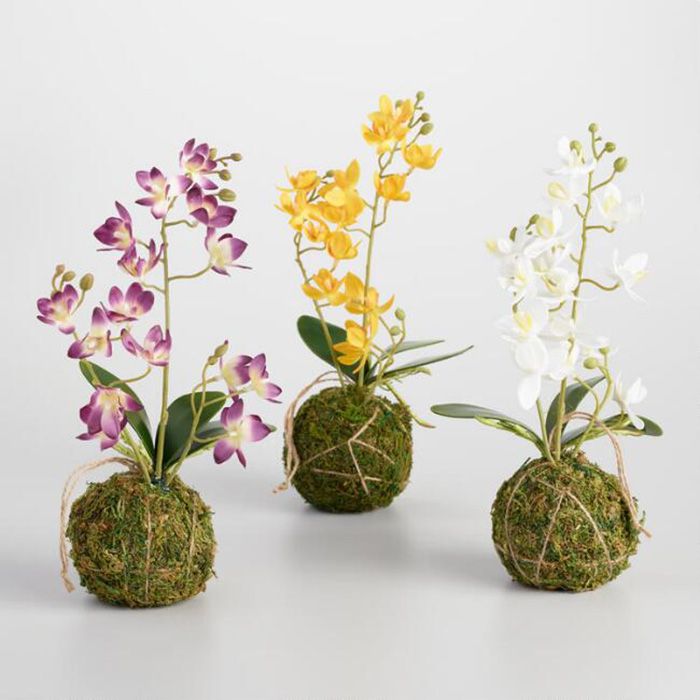
How Humidity Affects the Foliage of Your Plants?
Ever noticed your houseplants looking a bit droopy or crispy around the edges? While there are many reasons why your plant's foliage might be struggling, humidity (or lack thereof) is often a major culprit.
At Birwaa, we're passionate about helping you create thriving indoor gardens. So, let's dive into the fascinating world of plant humidity and how it impacts those precious leaves!
Why Humidity Matters?
Just like us, plants need water to survive. But it's not just about the water in the soil. Plants also absorb moisture from the air through their leaves. This is especially important for plants that hail from tropical rainforests, where humidity levels are naturally high.
Signs Your Plants Need More Humidity:
- Crispy leaf edges: This is a classic sign of low humidity, as the leaves lose moisture faster than they can absorb it.
- Yellowing leaves: While yellowing can have various causes, persistent yellowing, especially in older leaves, can indicate low humidity stress.
- Slow growth: Plants struggling to maintain adequate moisture levels may experience stunted growth.
- Increased susceptibility to pests: Dry air can make plants more vulnerable to pests like spider mites.
How to Increase Humidity for Your Plants?
- Misting: Regularly misting your plants with water can provide a temporary humidity boost.
- Grouping plants together: Plants naturally release moisture, so grouping them together can create a more humid microclimate.
- Pebble tray: Place your plants on a tray filled with pebbles and water. As the water evaporates, it increases the humidity around the plants.
- Humidifier: For a more consistent solution, consider using a humidifier, especially during dry winter months.
Plants That Crave Humidity
Some popular houseplants that particularly benefit from higher humidity include:
- Calatheas: Known for their stunning foliage patterns, Calatheas thrive in humid environments.
- Ferns: These lush green plants prefer consistently moist air.
- Orchids: Many orchids are epiphytes, meaning they naturally grow in humid rainforests.
- Alocasias: These dramatic plants with large leaves love a humid environment.
Birwaa Tip: Remember to research the specific humidity needs of your individual plants. While some thrive in high humidity, others prefer drier conditions.
Creating a Balanced Environment
While humidity is essential, it's also important to ensure good air circulation to prevent fungal diseases. Avoid overwatering, as soggy soil can lead to root rot.
By understanding the role of humidity and taking simple steps to create a balanced environment, you can help your plants flourish and enjoy their vibrant, healthy foliage!
Happy growing!
The Birwaa Team
